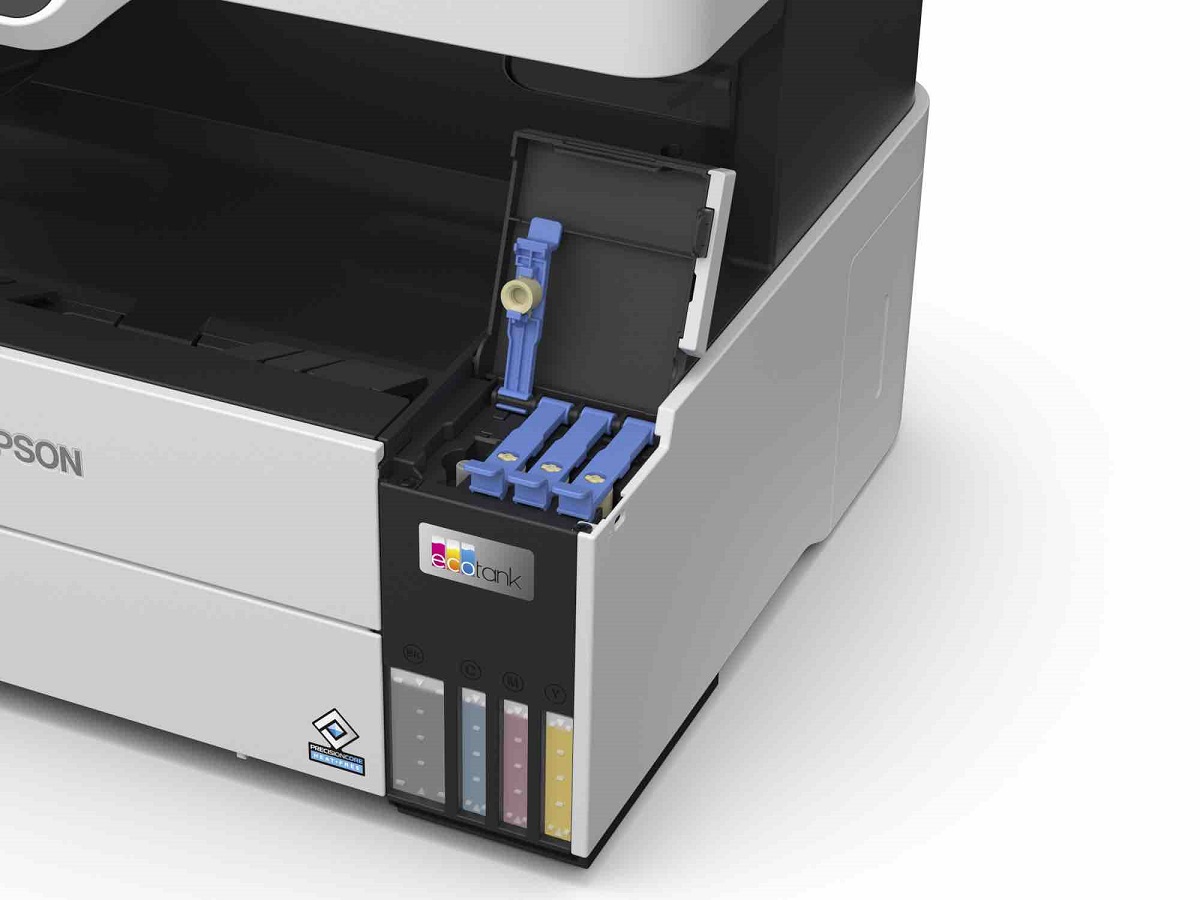Epson has expanded its EcoTank Pro line of cartridge-free printing solutions with the new Heat-Free EcoTank Pro ET-5150 and EcoTank Pro ET-5170 models.
The EcoTank printing solutions are marketed as the ideal replacement for expensive and non-environmentally friendly laser printers. Heat-Free technology reduces environmental impact by using low energy and few replacement parts.
The EcoTank Pro Series allows users to save up to 90% with low-cost replacement ink bottles compared to standard capacity black and XL capacity colour laser toner cartridges, equivalent to about two cents per colour ISO page versus 27 cents with standard-capacity colour laser toner cartridges.
The EcoTank Pro ET-5150 (pictured below), RRP $639, includes enough ink in the box to print 5,200 colour pages and features auto-stop ink bottles with each colour uniquely keyed for easy filling.
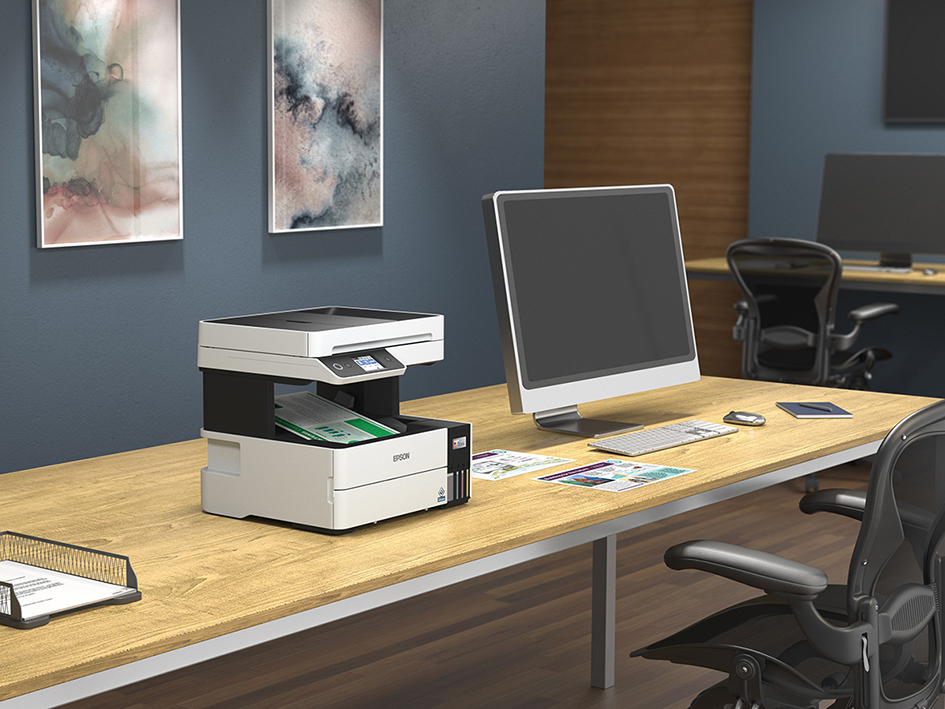
The EcoTank Pro ET-5170, RRP $649, offers high-capacity 250-sheet paper tray, fax, 2.4-inch colour touchscreen, 35-sheet ADF, fast auto two-sided printing, no warmup time, as well as wired and wireless networking.
Epson has also launched two new heat-free, cartridge-free premium EcoTank Photo models, the EcoTank Photo ET-8500 and ET-8550 (pictured below), RRP $999 and $1,149 respectively, which are designed for amateur photographers.
Using six colour Epson Claria ET Premium inks, the Photo models can print up to 2,300 photos or 6,700 pages in black and white or 6,200 pages in colour with one set of ink bottles at low running costs. The printers feature Epson’s patented Micro Piezo Heat-Free Technology to reduce energy consumption and less need for replacement parts.
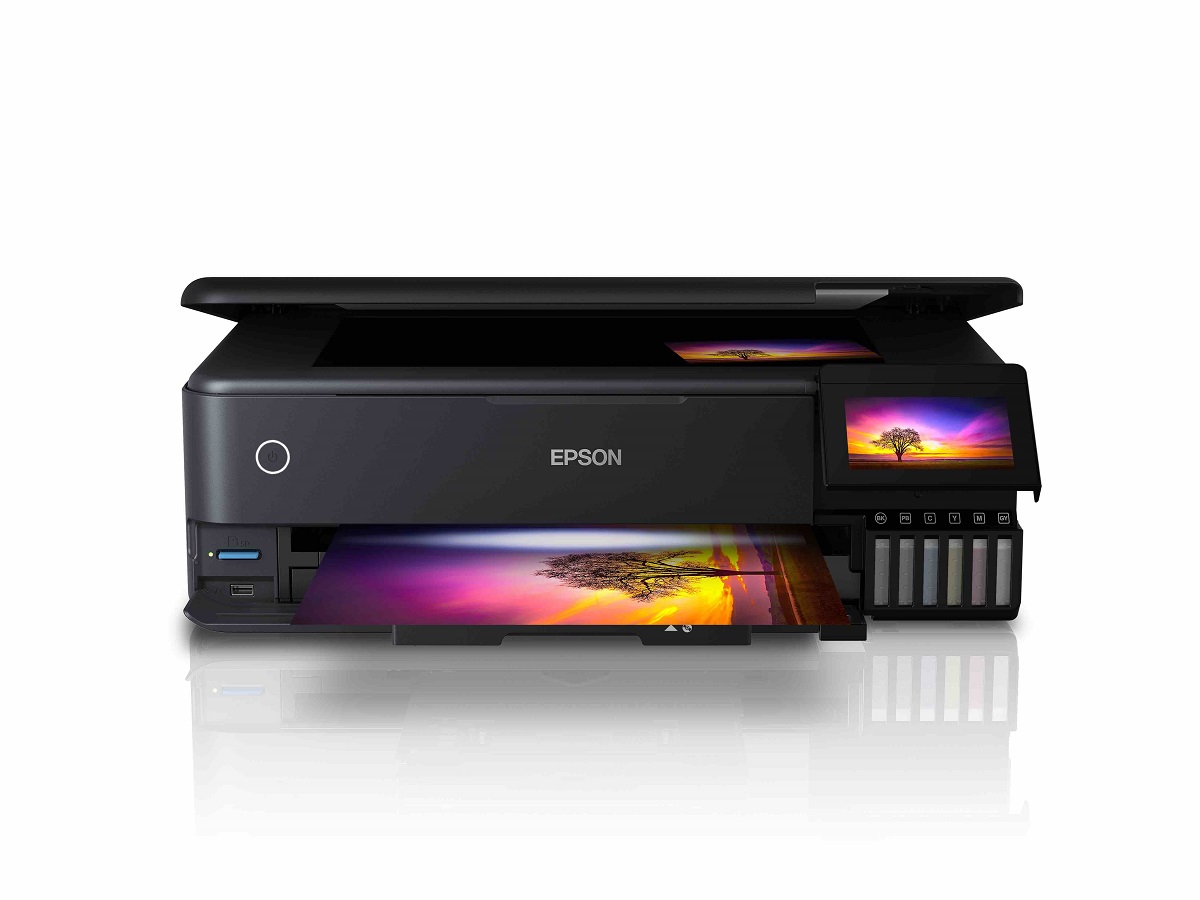
With five paper feeds, users can print directly onto suitable CDs and DVDs, store photo size and A4 paper in the two front trays, while the rear tray can be used to print on media such as craft papers and card and the rear straight pass paper feed can print on cardstock and other speciality media up to 1.3 mm thick.
The ET-8500 and ET-8550 enable printing from SD cards and USB flash drives through the large 4.3-inch colour touchscreen, in addition to full Wi-Fi, Wi-Fi Direct, and Ethernet connectivity.
Epson teams up with National Geographic
To coincide with the launch of the new EcoTank printers, Epson has partnered with National Geographic to promote the protection of the world’s permafrost – the frozen ground beneath the polar regions – in its newly launched Turn Down the Heat campaign.
Epson and National Geographic aim to raise awareness of how people can reduce their own impact of global warming. The campaign is fronted by National Geographic explorer, Dr. Katey Walter Anthony, who oversees arctic observatories in Alaska and Russia to monitor the long-lasting impact of climate change. Her research into the protection of permafrost is featured in a series of videos, infographics and online content, in collaboration with Epson and National Geographic.
“Our new campaign is designed to create awareness on how people can reduce their own impact on climate change by making smarter technology decisions,” Epson Australia managing director, Craig Heckenberg said.
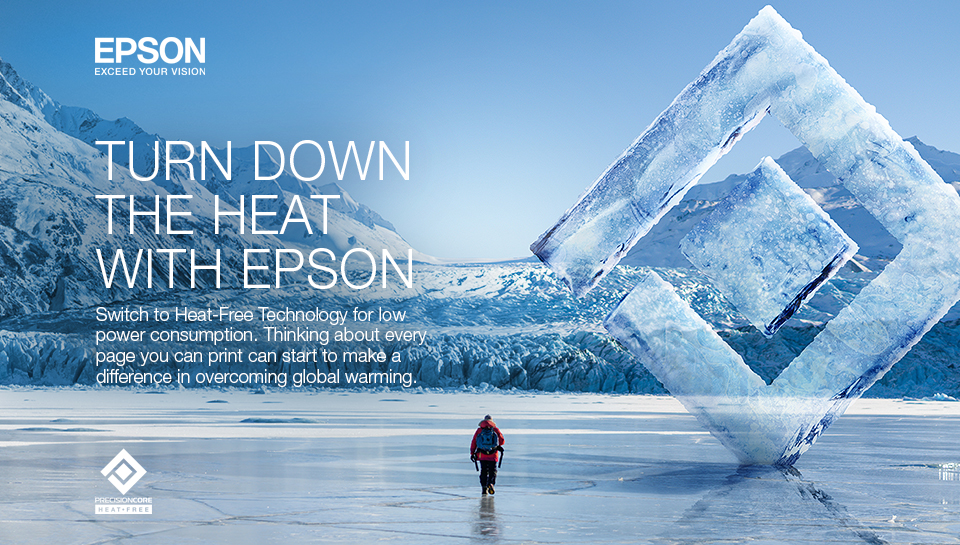
“Epson is serious about leveraging its own resources and technology to achieve sustainability. In 1988, Epson announced it would phase out the use of CFCs which was achieved in Japan in 1992 and globally one year later. More than 30 years on, Epson has announced that all worldwide sites will switch to 100% renewable energy by 2023.
“Epson is also developing new environmental technologies that support our commitment to the United Nations sustainability development goals.”
Epson general manager of marketing, Bruce Bealby said sustainability is at the forefront of everything the company does whether its products, manufacturing or supply chain.
“Epson president Mr Yasunori Ogawa has made a commitment that Epson will be carbon negative by 2050 and that we will use non-renewable resources in our processes, including oils and metals. To achieve that target, there are several steps we need to make. By 2023, all Epson owned premises will use 100% renewable electricity and that in itself will save 260,000 tonnes of CO2,” he said.
“Our next step is to reduce emissions in line with the McKinsey 1.5-degree challenge and we aim to do that by 2030. If we can restrict global warming to 1.5-degrees above pre-industrial levels, we can avoid the most permanent and irreversible damage to the climate. McKinsey has put in place some goals that industries can follow to restrict the effects of global warming.
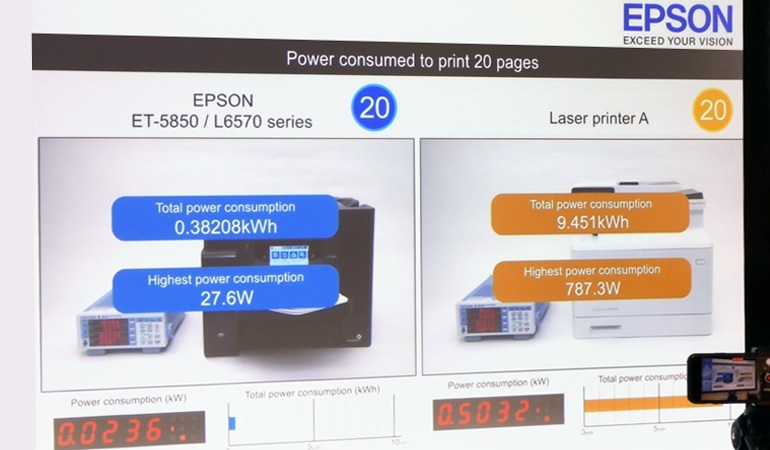
“We are also committed to all 17 United Nations sustainable development goals – a blueprint to achieve a more sustainable future for everyone. We have aligned our practices with the UN’s goals. For example, in India, we supply our projection technology to some under resourced schools and in Indonesia, Epson staff help plant coral gardens to bring back biodiversity.
“Now we have joined forces with National Geographic to promote the protection of the world’s permafrost. Turn Down the Heat is a global campaign, but we are the first subsidiary around the world to promote it here in Australia centred around the importance of choosing heat-free inkjet technology.
“Choosing an inkjet printer over a traditional laser printer will use up to 90% less power. Using methodology conducted by Stanford University, if we take 4,000 companies that employ 200 people or more, and they switch to inkjet technology, it will have the same impact as planting two million trees or removing 30,000 cars from the road.
“Epson represents around 70% of the inkjet printer market but it still only accounts for about 10% of the total printer market. Although uptake is huge and growth is exponential, there is still a long way to go.”

